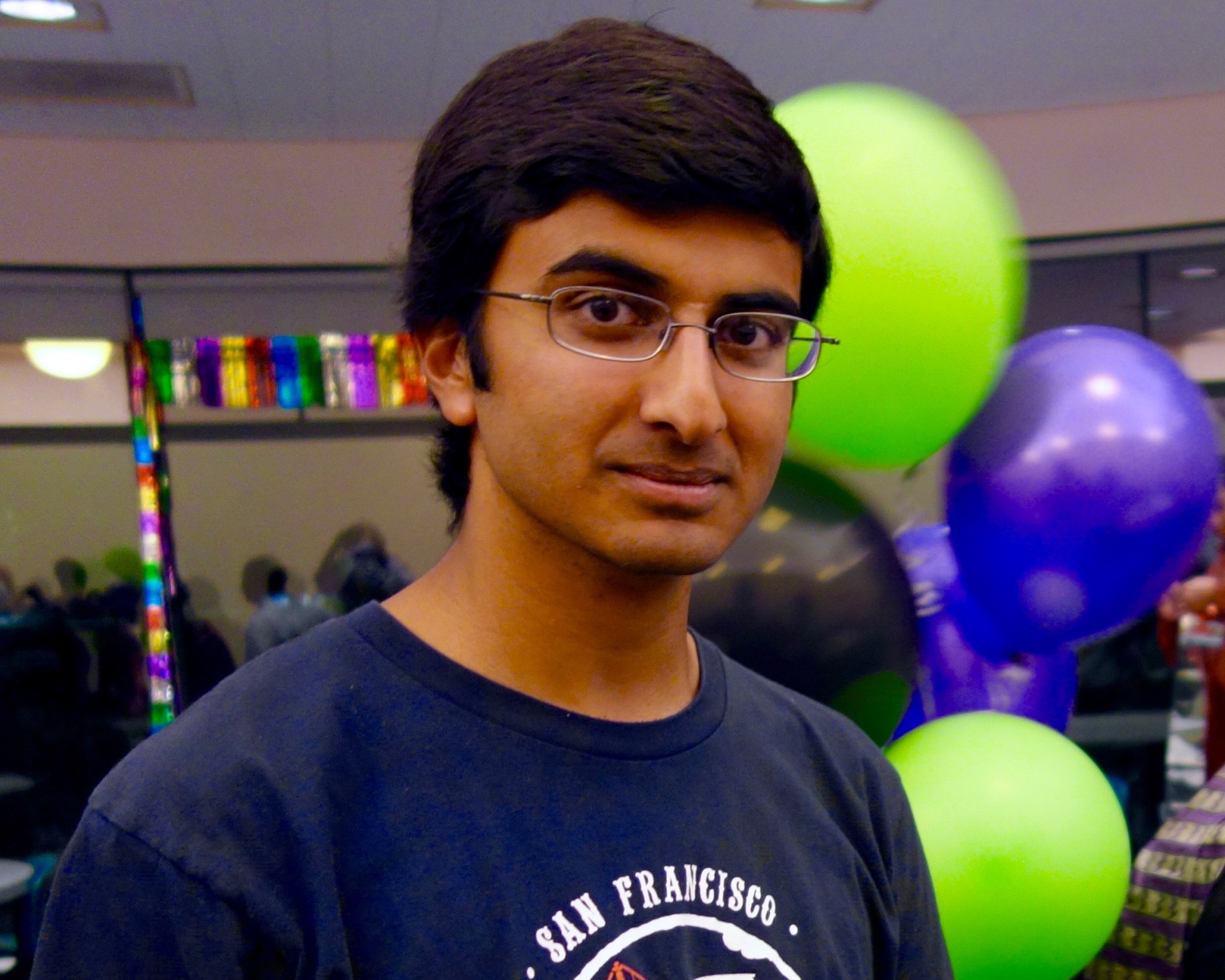Arul Suresh
Stanford University
The goal of the proposed research is to customize gecko-inspired adhesive technologies for space applications in manipulation and mobility, primarily addressing technology areas 4.3.1, and 4.3.7 (manipulator components and grappling), as well as 4.2.4 (small body and microgravity mobility) highlighted in the NASA 2015 Space Technology Technology Roadmaps report.
Several NASA initiatives require the ability of robots to grasp and control objects in microgravity, whether on small robotic craft to grapple and deorbit space debris in LEO, or on internal free flyers in the ISS. External crawling or free flying robots for spacecraft inspection would also benefit from improvements in adhesive grasping technologies. Gecko-inspired dry adhesives have been identified as a promising solution for attaching to objects in space including solar panels, fuel tanks, insulation blankets, and other structures.
In comparison to conventional mechanical grasping, they permit attachment and detachment with very low forces and without highly constrained kinematics for approach and departure. Moreover, space qualified versions of the silicone rubber elastomeric materials used to create the fibrillar microstructures have been identified.
The proposed work will focus on new micromachining techniques for creating molds that allow gecko-inspired materials to be customized for various space mobility and manipulation applications. The research will include development of highly anisotropic versions of the adhesives, which are particularly useful for adhesive mobile robots that can attach and crawl over various surfaces in microgravity.
Gecko-inspired adhesives use van der Waals interactions to provide an adhesive force between the adhesive and a substrate. Van der Waals forces only work at nanometer length scales, so intimate conformation to the surface is essential. This is generally accomplished by microstructuring the adhesive material, using fibers, mushroom tips, wedges, or other microscopic geometries. In each case, the microscopic features greatly increase the true area of contact, allowing van der Waals forces to provide useful adhesion.
The unique aspect of the techniques developed by myself and others at Stanford is the serial nature of the machining process. Accordingly, it is possible to vary feature geometries from mold to mold, and even across a single mold, which gives us the capability to tailor the adhesives for different space applications.
The proposed research plan involves three primary areas of focus: development of the manufacturing process, development of associated sensing technologies, and testing in application-specific contexts. Close collaboration with NASA will be required through the entire project, as engineering an adhesive for space applications cannot proceed without knowledge of the unique challenges and risks the environment presents.
Eventual applications of the technology could permit free-flying assistive robots such as Astrobee to perform a wider degree of functions, such as loading/unloading of automated cargo delivery flights. Gecko-inspired adhesives are also useful for external robots and grasping uncooperative targets.



























